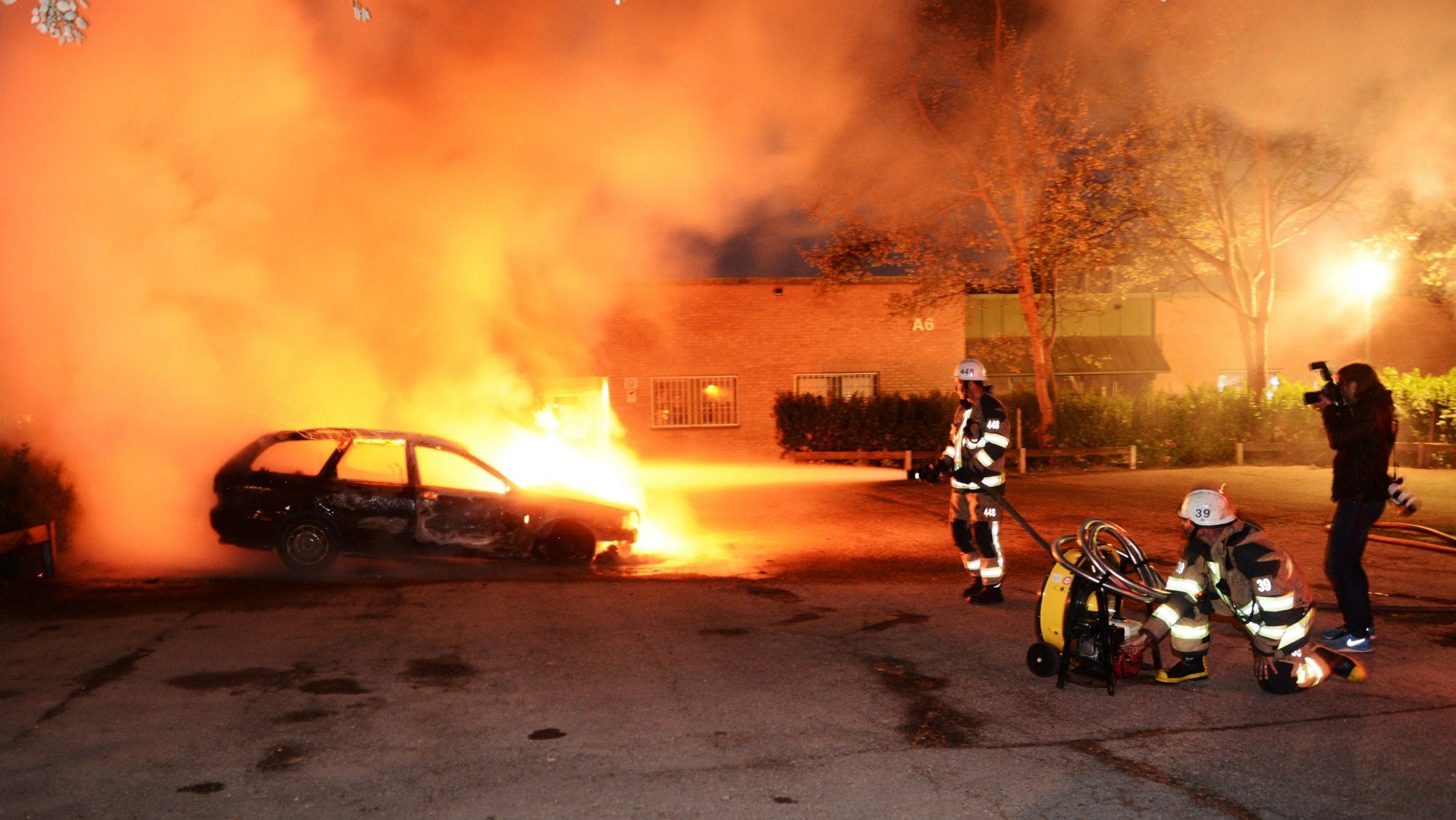Sweden’s strange mix of Silicon Valley and refugee immigrants
To see the new Sweden, go to the mall in Kista in the late afternoon. Kista is a neighborhood far north of Stockholm’s historic center on the “blue” subway line, and it is both a world-renown tech cluster, known as Sweden’s Silicon Valley, and an immigrant neighborhood only one stop from Husby, where police shot a 69-year-old man a few weeks ago, sparking a week of rioting across certain Stockholm neighborhoods.


To see the new Sweden, go to the mall in Kista in the late afternoon. Kista is a neighborhood far north of Stockholm’s historic center on the “blue” subway line, and it is both a world-renown tech cluster, known as Sweden’s Silicon Valley, and an immigrant neighborhood only one stop from Husby, where police shot a 69-year-old man a few weeks ago, sparking a week of rioting across certain Stockholm neighborhoods.
It used to be that the tech guys and the immigrants would trade off possession of the once-desolate, now glitzy mall through the day—at lunch it was thronged with middle-aged men in pressed jeans and blue blazers, while at night it was occupied by women in chadors, old men clustered on benches and diverse groups of teens laughing and bouncing where business deals were struck just hours before. Now it’s more of a diverse mix: the mall is so nice, it draws people from all over Stockholm, but you can still see the old patterns right at lunch time and on some evenings.
These are the two streams of the new Sweden: the innovative tech world and the incredible blend of immigrants from Iraq to Somalia, Bosnia to South America. There is no conflict between the two groups, but there is also little positive interaction. It’s in this atmosphere that the kids from Husby hang out, in the shadows of glittering hotels and rising luxury apartments.
Maybe I pay special attention to Kista because I also live on a border of new and old Sweden, two blocks on the “right” side of a big street separating “us” from a series of gargantuan apartment blocks built in the 1960s and 1970s as part of the Million Programme, a much maligned effort to provide a million new apartments for working class Swedes, now largely housing immigrants and refugees.
My daughter goes to school right under the blocks, which, during the riots, were on a list of places to avoid sent out by the US Embassy. I love the school and sing its praises in our neighborhood, which has drawn more than a few quizzical looks, as if people didn’t even know it was possible for kids from our middle-class neighborhood to go to that school. Everyone knows—just knows—it’s horrible but can never explain exactly why.
Or maybe I’m fascinated by Kista because I’m an immigrant, albeit the most privileged sort. I’m American, married to a Swede and get to work at a white collar job in my native tongue. I’ve taken around 18 months of paid paternity leave, at seemingly no cost to my career (in fact, I’d say it’s helped). I’ve had Sweden at its best.
But, still, I get hints. I have a foreign sounding last name and look or sound neither obviously American nor obviously Swedish. While on all that paternity leave, I spent a lot of quiet moments being ignored by other Swedish parents, and my closest acquaintances from my first paternity leave came from the US, Iran and East Africa respectively.
They made fun of this Swedish reticence at the recent Eurovision Song Contest, hosted in Sweden. During a very funny song and dance, the host, Petra Mede, sang these words:
Proper and polite and private is our style / Never, ever talk on a train / And if we see a stranger throw us a smile / He’s either a drunk or insane.
Being an immigrant is hard, and no society can have 15% of its population foreign born without friction. And when it comes to the integration “question,” there’s the welfare state, the Swedish job market, and the tight urban housing market to address. But I think the root of the problem goes beyond all that.
In my experience, Swedes want to be friendly; they want you to like living in their country; and they want to support refugees fleeing the worst places on earth. And they are willing to put their votes and their tax money behind these beliefs. This is why Husby looks nothing like Detroit, but instead, a pleasant, if oddly isolated housing complex set quite close to some beautiful forest. This is why the schools there get extra funding and why the city of Stockholm just announced it would move many of its municipal offices out of the city center and into the suburbs.
But as a society, Swedes aren’t yet willing to renegotiate what “Swedishness” means, and they aren’t willing to break up a stable social structure built on close-knit groups of family and old friends. Sweden gives the immigrants and refugees of Husby an adequate place to live. But it doesn’t give them any Swedish neighbors or any Swedish jobs. And it certainly doesn’t give them many smiles, which sounds silly until you live in a place where no one smiles at you or your children.
My daughter’s school had a little spring festival this week, and as I stood there watching kids, with roots reaching into every corner of the earth, chatter in Swedish in utterly blended groups, I could only think about what all the Swedes who avoid the neighborhood, as well as Husby and the residential half of Kista, are missing: their future.